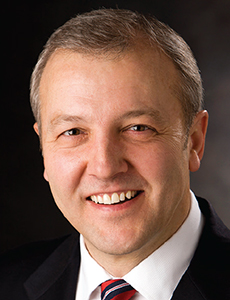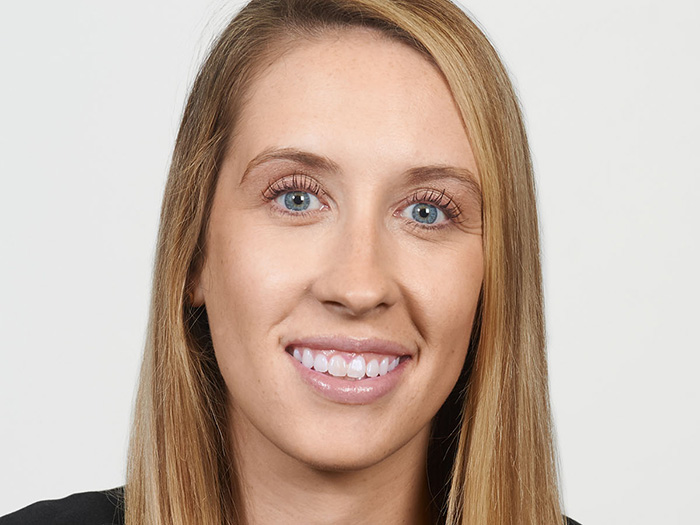Public Sector Risk
Opioid Addiction Strikes Just as Hard at the Social Services Sector

In 2016, 11.5 million people misused prescription opioids, 2.1 million had an opioid abuse disorder, and 42,249 died from opioid overdose, according to the National Survey on Drug Use & Health and the National Center for Health Statistics.
The opioid epidemic is driving an influx of people into counseling and addiction treatment. It’s breaking apart families and funneling more children into foster care. Human service organizations are under immense pressure to meet increased demand without receiving additional resources. The need for counselors, social workers, psychiatrists, available beds and foster families is outpacing supply, increasing safety risk and professional liability exposure.
Medically-Assisted Treatment and Professional Liability
The risk profile of a treatment facility depends on the services it provides. Talk-based approaches (counseling and support groups) carry less risk than residential centers providing medically-assisted treatment. Psychiatrists and other medical professionals who dispense medications need more robust coverage and higher limits than social workers.
The Drug Addiction Treatment Act of 2000 permits qualified physicians to treat opioid addiction using FDA-approved Schedule III, IV or V narcotic medications outside traditional sites like methadone clinics. Buprenorphine is currently the only such medication. Physicians who qualified for a waiver to prescribe buprenorphine could only treat 30 patients at a time until recently. Now, physicians who have had their waiver for at least one year can apply to increase their limit to 100 patients; after another year, they can extend that to 275.
“There’s been some deregulation here to try to meet the increasing demand of people seeking medication-assisted treatment, particularly in rural areas,” said Brad Storey, VP of risk management, Irwin Siegel Agency Inc.
Facilities providing medically-assisted treatment should not only have professional liability programs to protect their clinicians but should also require medical professionals to carry their own coverage to pick up the primary layer of risk.
“Professional liability cover is usually built into insurance programs for social service providers, but it’s typically not robust enough to cover medical services. The cover is geared more toward social workers and counselors rather than medical professionals. An entry into substance abuse treatment could open the door to medical professional risk as a behavioral healthcare provider,” said Scott Konrad, SVP and Not-for-Profit Practice leader, HUB International. “Make sure your contracted medical providers can show proof of third party medical malpractice coverage, and that your own insurance is built to cover your employed practitioners.”
Non-medical staff may be trained in administering the overdose-reversing drug Naloxone. Some states allow Naloxone to be dispensed without a prescription, while others have yet to enact laws surrounding the medication.
“It’s important to be aware of the regulatory environment in your state,” Storey said. “Running afoul of the law may nullify any coverage that would have been available to indemnify the facility should something go wrong.”
“A traditional professional liability policy [may] contain exclusionary language for the administration of medication without a prescription. This is a clear gap when it comes to life-saving Naloxone,” said Mike Liguzinski, president, specialty human services division, Great American Insurance Group.
“Fortunately, there is Good Samaritan law protection in most states protecting the insured from errors made in administering Naloxone. In states which have allowed the administration without a prescription, it is common to enact a statute that grants civil and criminal immunity to the administrator as long as such administrator is acting in good faith.”
Staffing and Safety Issues
Facilities take on greater safety risk due to higher frequency of patient encounters. Patients can become violent while detoxing or can threaten safety if they relapse. Relapse situations may grow more common as centers adopt a ‘harm reduction’ approach.
“Harm reduction programs are gaining more traction,” Storey said. “Treatment centers won’t automatically kick patients out of the program if they relapse. The concept of safe consumption sites and needle exchange programs are also examples of harm reduction. However, having an individual relapse in a residential facility presents risk to both staff and clients.”
Staffing ratios dictate the number of patients each worker supervises. Sticking to ratios can limit dangerous encounters and reduce a facility’s safety and liability risk, but the pressure of a wait list may push organizations to relax the ratios and increase the workload.
“Failure to meet supervision guidelines is the biggest driver of lawsuits and liability claims against detox and counseling centers,” said Paul Siragusa, vice president, Philadelphia Insurance. “But an influx of people seeking treatment combined with high employee turnover in the social service sector makes it tough to stick to the proper ratios.”
To adhere to supervision guidelines, these facilities might have no choice but to turn people away, said Kevin Glennon, VP of clinical programs, One Call.
“As long as the practitioner-to-patient ratio is maintained, organizations shouldn’t have an issue. Similar to skilled nursing or rehab facilities, it’s based on bed availability,” he said.
Impact on Foster Care
Addiction epidemics coincide with a rising population of children placed in foster care. A 2015 study found two out of every thousand children were removed from their homes due to parental neglect, constituting a 129 percent increase from 2012.
According to the U.S. Department of Health and Human Services, the number of children in foster care has increased steadily since 2012. The number of foster families has not.
“More children are entering the system, but the state agencies aren’t getting bigger budgets. In the claims we see, it appears the agency tried to cut corners, most likely due to a lack of funding,” said Phil Hawley, president, Hawley & Associates LLC.
“In states which have allowed the administration without a prescription, it is common to enact a statute that grants civil and criminal immunity to the administrator.” — Mike Liguzinski, president, specialty human services division, Great American Insurance Group
“Social workers are burnt out. They’re having a harder time … properly vetting each situation before placing children,” Siragusa said. “As a result, we’ve seen instances of physical or sexual abuse against foster children.”
According to Hawley, the cost of care per foster child can range from $100 to $400 per day, or $36,000 to $70,000 per child per year. Costs are higher for kids with special needs.
Siragusa said mistreatment claims garner multimillion dollar verdicts. They boil down to social services’ inability to evaluate foster homes.
Carrying professional liability coverages for both medical professionals and human service providers can mitigate legal liability for treatment facilities and foster care agencies. Unfortunately, problems like provider burnout, understaffing and lack of bed availability can only be solved with more funding.
In the interim, social service organizations can implement thorough screening protocols for employees, staff, third party providers and patients and foster families. Because not every incident is preventable, “have a response plan,” Konrad said. &











